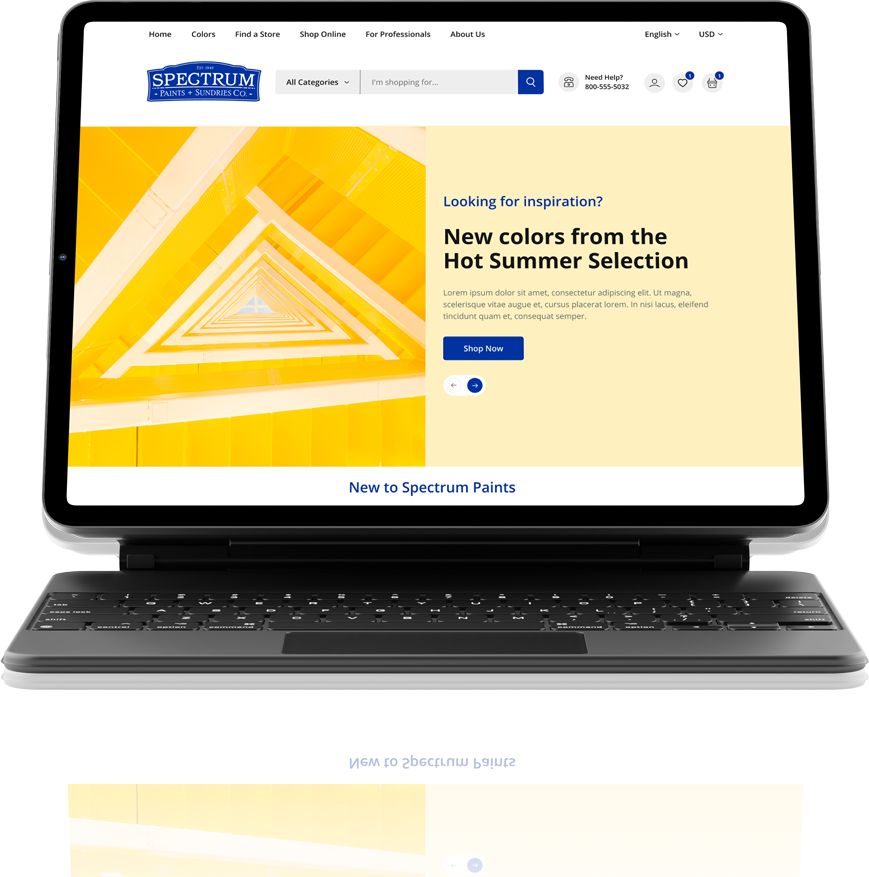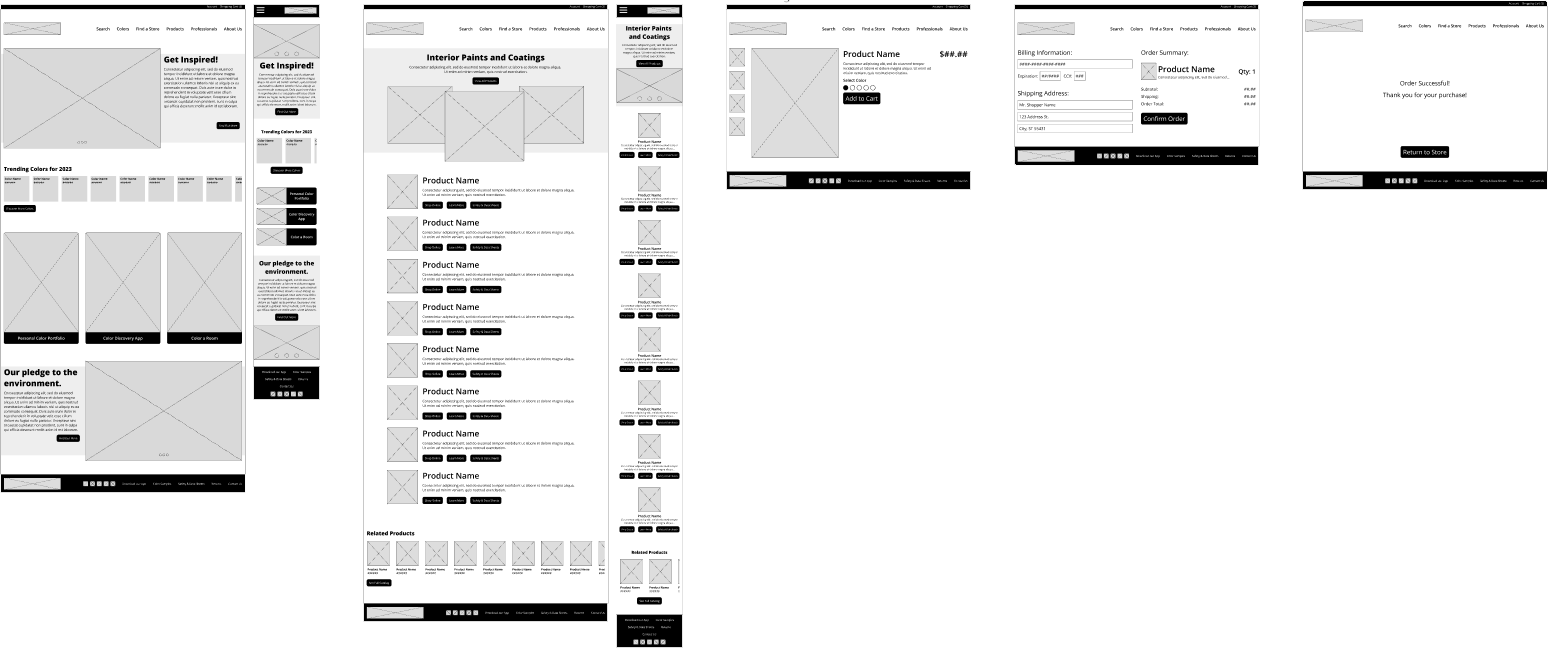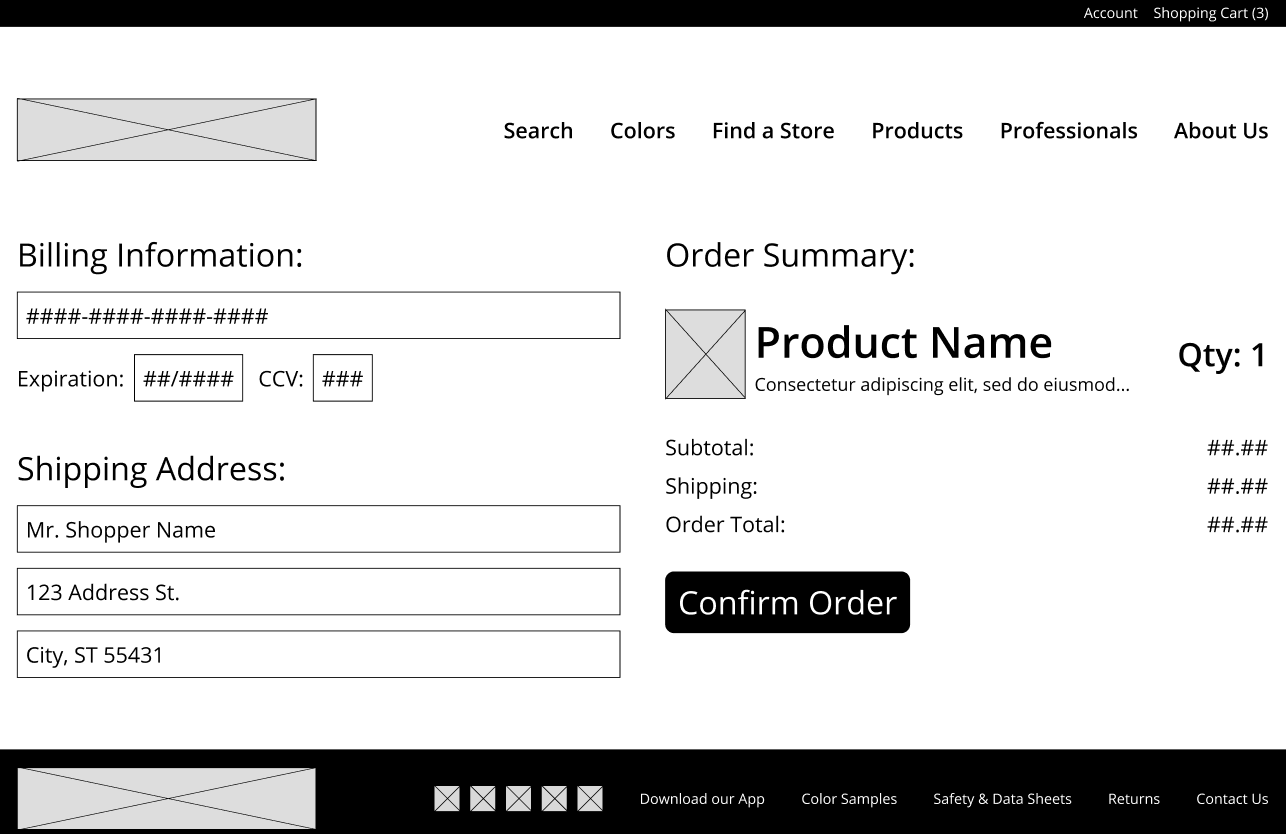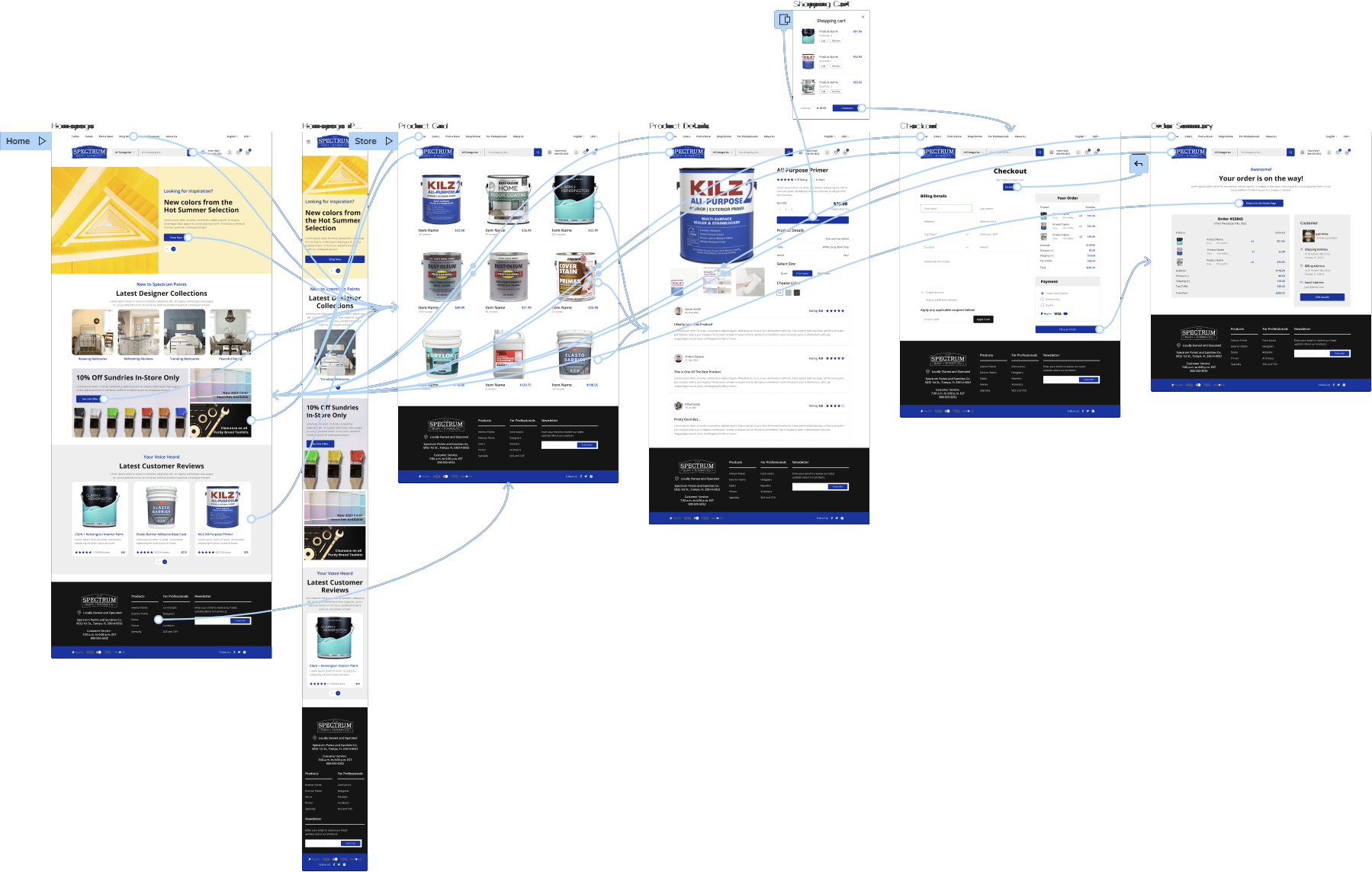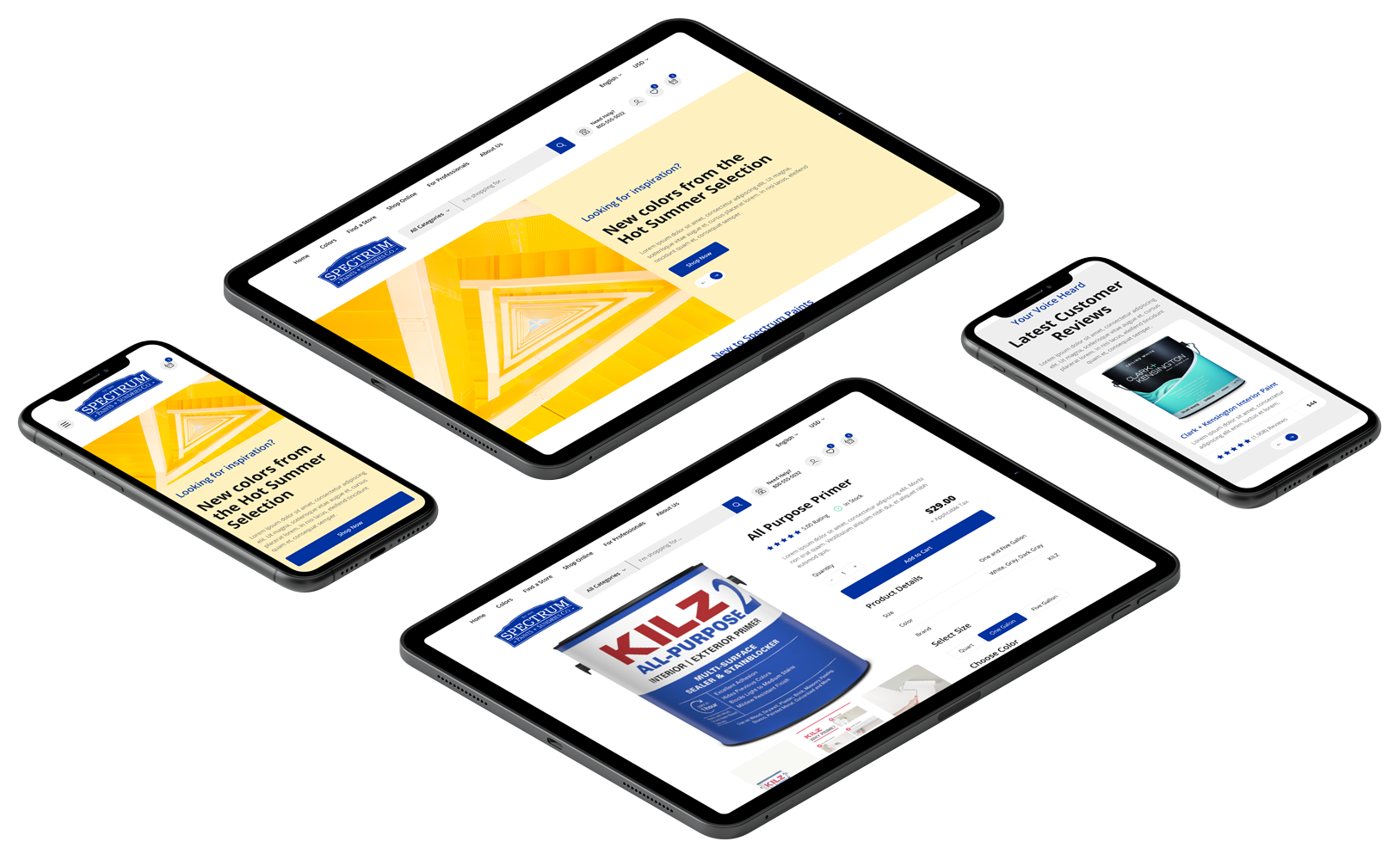User Research
I conducted interviews and created empathy maps to understand the
users I'm designing for and their needs. A primary user groups
identified through research a mix of Professional Painters, DIY Enthusiasts, and Interior Designers.
Professional Painters: Professional painters form a crucial user group as they rely on high-quality paints, specialized tools, and a wide range of color options to meet their clients' demands. They would utilize the website to explore product options, access technical specifications, and gather information on new painting techniques. The website can provide them with a convenient platform to streamline their purchasing process, access bulk ordering options, and stay updated with the latest industry trends.
DIY Enthusiasts: DIY enthusiasts, including homeowners and hobbyists, are another important user group. They often seek guidance, inspiration, and resources to tackle painting projects in their homes or personal spaces. The website can offer them a wealth of information, such as color selection guides, step-by-step tutorials, and practical tips for achieving professional-looking results. DIY users can browse through various paint options, read customer reviews, and gain confidence in their painting endeavors.
Interior Designers and Decorators: Interior designers and decorators regularly source paints, color palettes, and design elements for their projects. They rely on a comprehensive range of paints and tools to bring their creative visions to life. The paint store website becomes a valuable resource for them to explore different paint finishes, color schemes, and complementary products. They can access product specifications, compare options, and visualize the desired outcomes through color visualization tools. The website can also offer collaboration features, allowing designers to create project lists and share ideas with their clients.
